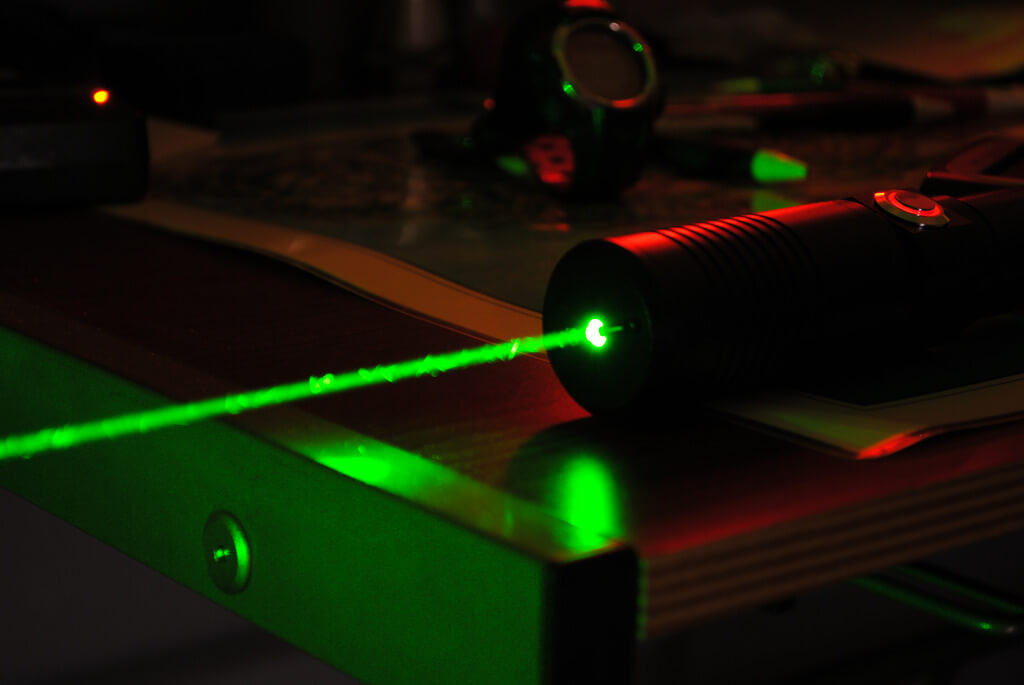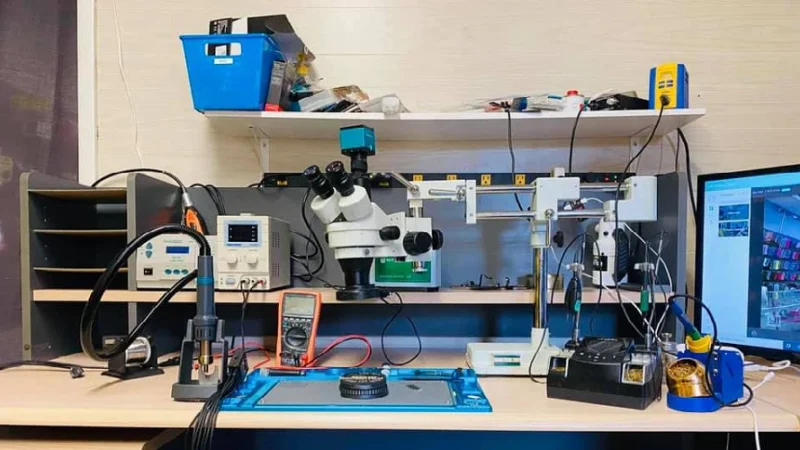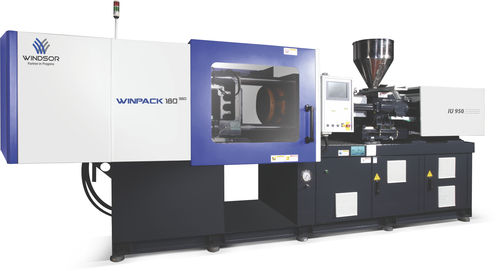LASER POINTERS: THINGS TO KNOW BEFORE YOU BUY

Laser pointers are becoming increasingly popular these days. If you’re interested in learning about laser pointers, their functions, their users, and other important aspects, you’ve landed on the right page. Here, we’ll explore questions such as:
What Are Laser Pointers
Laser pointers are compact tools that project a focused beam of laser light with precise wavelength and power levels. Essentially, they are portable lasers designed to emit a directed light beam when activated by hand. These devices vary in size, shape, and color options, offering a broad range of output power levels.
What are laser pointers used for?
Laser pointers are commonly used for various purposes, including:
- Presentations: They are frequently used by presenters to highlight key points or objects during lectures, meetings, or presentations.
- Astronomy: Laser pointers are handy tools for stargazing enthusiasts to point out stars, planets, and constellations in the night sky.
- Teaching and Education: Educators use laser pointers to draw attention to specific parts of a visual aid or educational material during lessons.
- Construction and Engineering: Laser pointers help professionals in construction and engineering to align objects, measure distances, and ensure accurate positioning.
- Entertainment: Laser light shows and performances often use laser pointers to create captivating visual effects and patterns.
- Pet Toys: Some pet owners use laser pointers as toys to entertain and exercise their pets, particularly cats and dogs.
- Military and Law Enforcement: In certain applications, laser pointers are used by military and law enforcement personnel for target designation and signaling purposes.
It’s essential to use laser pointers responsibly and avoid pointing them at people’s eyes or aircraft, as they can cause eye injuries or distract pilots.
Who uses Laser Pointers
Laser pointers are versatile tools utilized by a diverse range of individuals across various industries and for a multitude of purposes. Here are some common users of laser pointers:
- Educators and Presenters: Teachers, professors, and professionals delivering presentations often use laser pointers to highlight key points on slides or visual aids during lectures, seminars, and meetings.
- Astronomers and Stargazers: Enthusiasts of astronomy utilize laser pointers to point out celestial objects such as stars, planets, and constellations during stargazing sessions, making it easier to identify specific points of interest in the night sky.
- Engineers and Constructors: Professionals in engineering, construction, and related fields utilize laser pointers for tasks such as aligning objects, measuring distances, and ensuring accurate positioning of components during building and construction projects.
- Pet Owners: Some pet owners use laser pointers as interactive toys to engage and entertain their pets, particularly cats and dogs, by creating moving light patterns for them to chase and play with.
- Performers and Entertainers: Laser pointers are often incorporated into entertainment settings such as concerts, clubs, and laser light shows, where they are used to create visually captivating effects and patterns for the audience’s enjoyment.
- Military and Law Enforcement: In certain situations, laser pointers are employed by military and law enforcement personnel for target designation, signaling, and tactical purposes during operations and training exercises.
- Hobbyists and Enthusiasts: Laser pointers are popular among hobbyists and enthusiasts for various recreational activities, including laser tag games, model aircraft alignment, DIY projects, and experiments.
Overall, laser pointers have a wide range of applications and are used by individuals from different backgrounds and professions, highlighting their versatility and utility in various contexts. However, it’s essential to use them responsibly and adhere to safety guidelines to prevent accidents or injuries. Purchase your preferred color laser pointers from Alpec and apply the Alpec Coupon Code to receive a 30% discount, saving you money on your purchase.
What Do Different Laser Beam Colors Do
Different laser beam colors serve various purposes and have distinct characteristics. Here’s a brief overview:
- Red: Red laser beams are commonly used in presentations, educational settings, and laser pointers. They are highly visible and suitable for indoor environments but may have limited visibility in bright outdoor conditions.
- Green: Green laser beams are brighter and more visible than red lasers, making them suitable for both indoor and outdoor use. They are often used in astronomy, stargazing, and outdoor presentations due to their superior visibility.
- Blue: Blue laser beams have shorter wavelengths than red and green lasers, resulting in higher energy and a narrower beam. They are commonly used in scientific research, optical disc reading (e.g., Blu-ray discs), and certain industrial applications.
- Violet: Violet laser beams have even shorter wavelengths than blue lasers and are often used in medical and scientific research, fluorescence analysis, and other specialized applications requiring precise and high-energy laser light.
How Much Power Do I Need
The ideal power of a laser pointer varies based on its intended use. Typically, 100mW or 200mW of green laser light suffices for most applications. For daytime use, a minimum of 200mW is recommended, as higher power enhances visibility. If you seek a laser pointer for tasks like lighting matches or popping balloons, opting for a higher power level is necessary.
Are Laser Pointers Safe
Yes, laser pointers can be safe if used responsibly and in accordance with guidelines. However, there are potential risks associated with laser pointers, especially when used incorrectly or inappropriately. Direct exposure to laser light can cause eye injury or skin burns, particularly with higher-powered lasers or if the beam is directed at a person’s eyes. It’s essential to follow safety precautions, such as avoiding pointing lasers at people, animals, or vehicles, and never looking directly into the laser beam. Additionally, purchasing laser pointers from reputable sources and ensuring they comply with safety standards can help mitigate risks.





